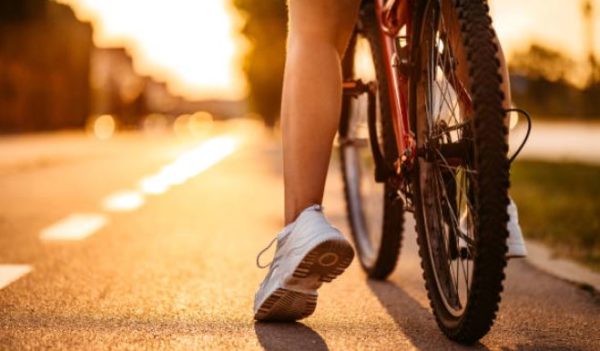Lifestyle
5 exercises to help you defeat diabetes
Exercises lowered diabetes by 0.7%, says study
“Exercise lowered HbA1c values by 0.7 percentage point in people of different ethnic groups with diabetes who were taking different medications and following a variety of diets—and this improvement occurred even though they didn’t lose any weight,” a Harvard report says. If you are clueless about how to begin with, here are few exercises sourced from several health reports and experts:
Swimming
The best thing about swimming is that it is a wholesome workout and does not put any pressure on the joints. It works on the upper body and the lower body at the same time. “If a lifeguard is on duty, let them know you have diabetes,” suggests WebMD.
Cycling
Walking
Harvard says, people with diabetes who walked at least two hours a week were less likely to die of heart disease than their sedentary counter- parts, and those who exercised three to four hours a week cut their risk even more. Walking is an excellent form of workout that does not require any equipment and can be easily done.
Climbing stairs
Another effective and easy to do exercise that can be as impactful as other medium level exercises is climbing stairs. Health experts recommend climbing up and down the stairs for those who do not have any other way of workout. It helps to burn calories and gets the heart to work faster.
Yoga
Yoga, a body and mind workout, is extremely good for those with diabetes. It involves low impact movements and includes breathing techniques which improves the heart and lung health. Yoga has proven benefits over controlling the blood sugar level of those with diabetes. The yoga asanas one can try to alleviate diabetes risk are balasana, bhujangasana, tadasana, chakrasana, mandukasana, dhanurasana and shavasana.
How to exercise for maximum benefits?
Experts at Harvard recommend exercising 1-3 hours after eating as this is the time when the blood sugar is expected to be higher.
“If you use insulin, it’s important to test your blood sugar before exercising. If the level before exercise is below 100 mg/dL, eating a piece of fruit or having a small snack will boost it and help you avoid hypoglycemia. Testing again 30 minutes later will show whether your blood sugar level is stable. It’s also a good idea to check your blood sugar after any particularly grueling workout or activity,” it warns.
It says that the risk of hypoglycemia or low blood sugar is the highest 6-12 after exercising. If your blood sugar is above 250, then avoid exercising as it may raise it even further.











